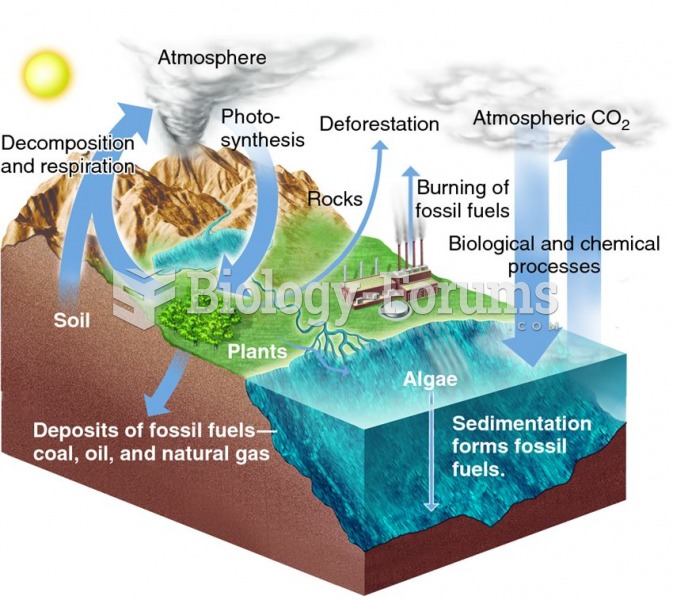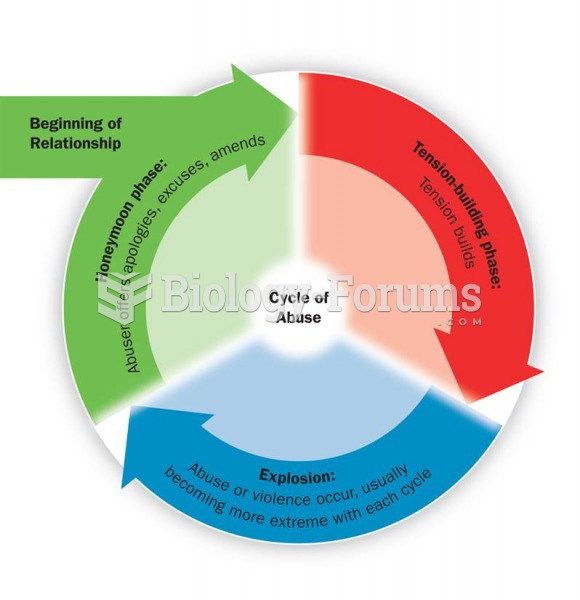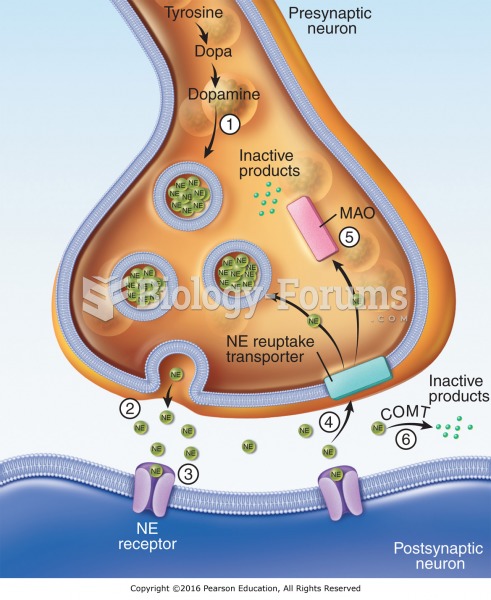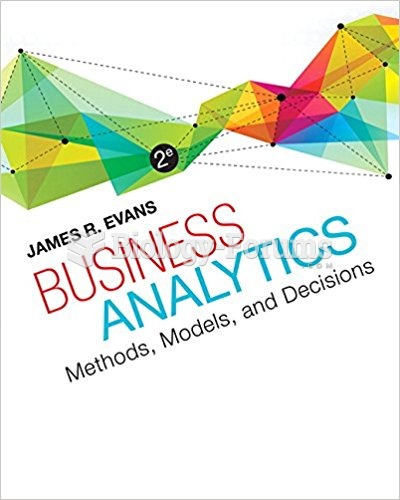Answer to Question 1
An ideal response will:
1. Identify the four stages of the normal business cycle as expansion, contraction, recession, and recovery.
2. Explain that the recent economic turmoil has been called the Great Recession because of its length and very high levels of unemployment, and that it began in 2008 with the collapse of the U.S. housing market.
3. Note that although economic activity began to increase in 2011, the U.S. economy was still struggling in 2012 because the economic cycle was stuck in the recession phase.
Answer to Question 2
An ideal response will:
1. Identify that Keynesian economic policy is a type of fiscal policy that is more concerned with high levels of unemployment than inflation.
2. Specify how increasing government spending and lowering tax rates encourages employment and investment. Note that when taxes are lowered, individuals and businesses will have more money to invest, which in turn increases the potential for new job creation and employment.
3. Note how this is different from using interest rates to affect the money supply because lowering interest rates reduces the cost of money and makes it more likely that banks will offer loans to businesses seeking to expand and thus increases the prospects for increased hiring and employment.







